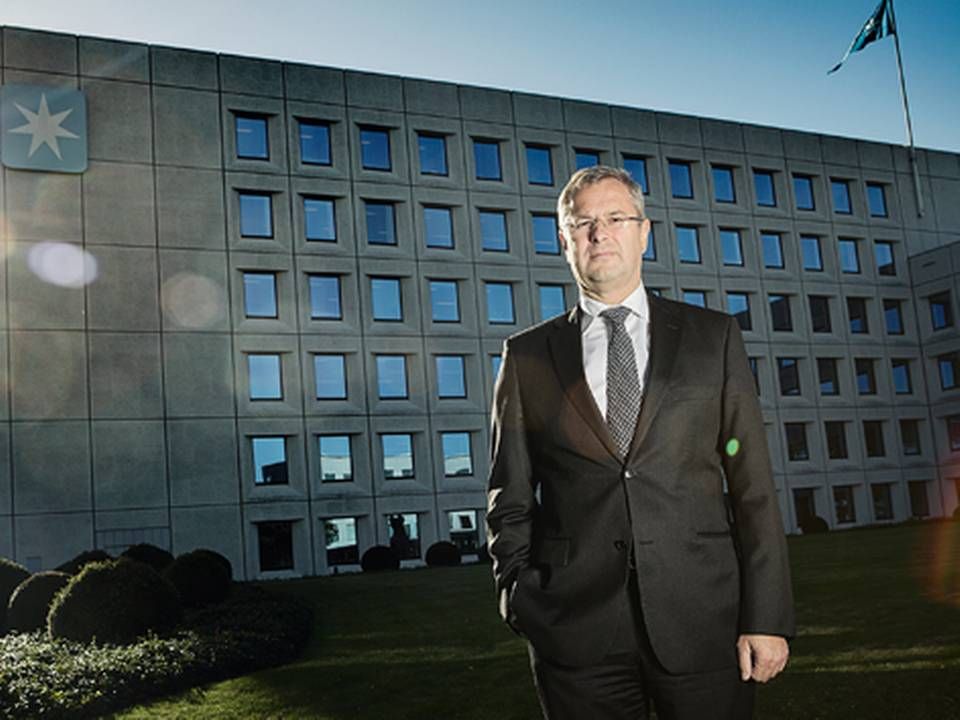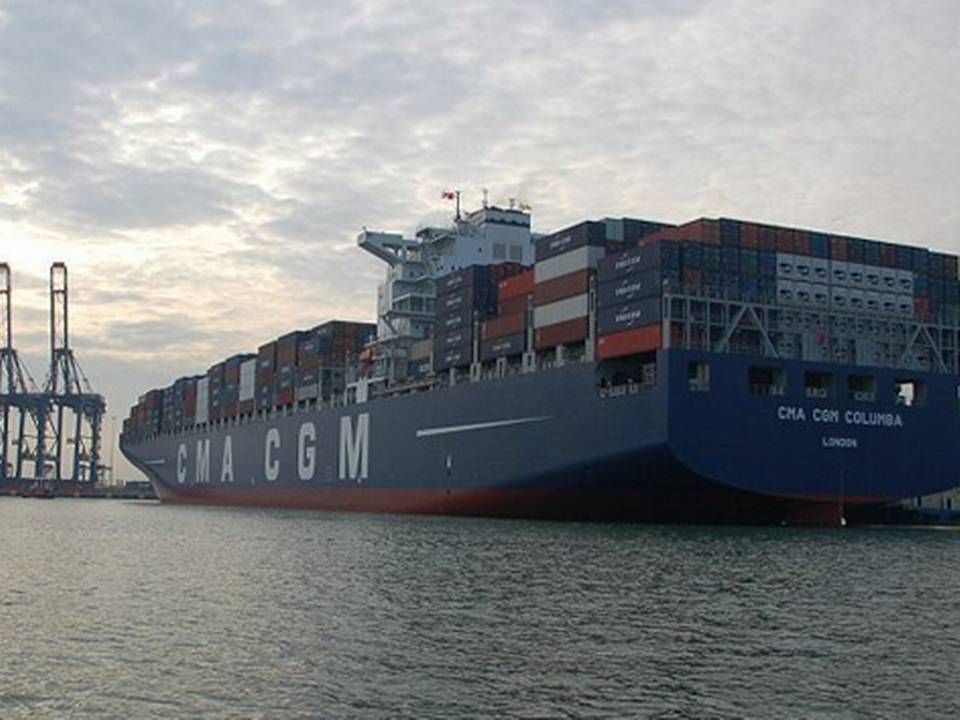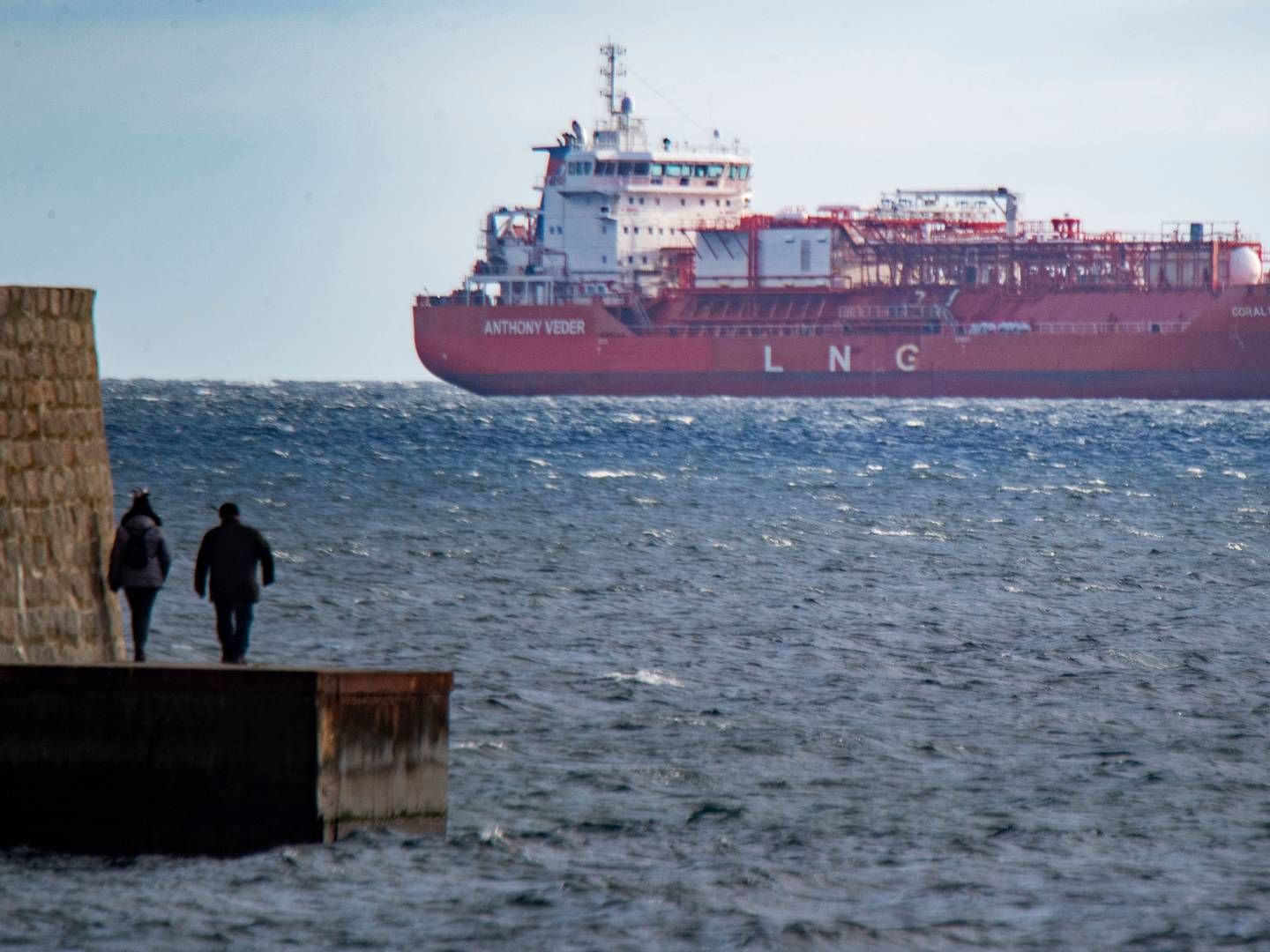Why the EU will scrutinize new Maersk alliance

Even though the EU Commission will not formally have to approve the P3 alliance between the world’s three biggest carriers, Maersk Line, Mediterranean Shipping Co (MSC), and CMA CGM, there are several reasons why officials in Brussels might want to closely scrutinize the details of the collaboration and its consequences, says Filippo Lorenzon, Director of Institute of Maritime Law at University of Southampton and Consultant at Campbell Johnston Clark Ltd in London, in an interview with ShippingWatch.
The planned launch of the collaboration, which is unprecedented in terms of the alliance’s scope, coincides with a public consultation by the EU in 2014 concerning the application of the EU competition law and the shipping industry.
“In May 2011 the Commission launched an investigation into the container liner shipping sector and a review of the liner consortia block exemption is currently due in 2015, with a full public consultation scheduled for 2014. In light of this it would not be surprising if the Commission takes a particularly close look at the finer details of the Alliance,” says Filippo Lorenzon.
P3 has more than 27 percent share of US container market
The EU barred the liner carrier conferences, the so-called Consortia Block Exemption Regulation, in 2008, but this regulation still exempts “agreement[s] between two or more vessel-operating carriers which provide international liner shipping services exclusively for the carriage of cargo, chiefly by container.” This would include consortiums such as the P3 alliance.
“But in order for the P3 carriers to qualify for such an exemption their market share cannot exceed 30 percent in each market in which the alliance operates,” says Filippo Lorenzon.
“Maersk, Mediterranean Shipping Co. and CMA CGM together currently have about 37% of the world’s total container capacity although this does not necessarily mean that the P3 Alliance will exceed the 30% limit in each of the relevant market sectors. In case it will, the Alliance will not be allowed to rely on the block exemption and the agreement will fall to be assessed under the EU’s ordinary laws regarding this kind of agreement (Article 101 of the Treaty),” says Filippo Lorenzon.
Since the planned P3 alliance was announced, a series of shipping analysts have studied the carriers’ total strength on several trade routes. On the key route between Asia and Northern Europe the Alliance, according to Drewry, will control 46 percent of the capacity, and on the string between Asia and the Middle East, the three carriers will have 55 percent of the market. P3’s market share on the Atlantic routes and the Pacific will be 35 percent and 29 percent, respectively, says Drewry.
Lack of P3 plan brings overcapacity to the market
Analysts SeaIntel concluded in August 2013 in a survey of the future competitive conditions on the routes between Asia and Europe that P3, with a total of 255 ships, 2.6 million teu, would not only have a significantly bigger market share than all of its competitors, the Alliance would also benefit from economies of scale that no one will be able to match.
Benefits of the P3 collaboration
According to Filippo Lorenzon, the P3 alliance is fairly well placed for the EU Commission to evaluate the collaboration in light of the Treaty’s Article 101, the first step of which is to verify whether the collaboration and the agreement between the three carriers has an anticompetitive object or actual or potential anti-competitive effects. The second step, which only becomes relevant when an agreement is found to be restrictive of competition under Article 101(1), is to determine under Article 101(3) any benefits produced by the agreement and assess whether these positive effects outweigh its anti-competitive effects. This assessment is one of fact rather than law, says Filippo Lorenzon.
In other words, the agreement must contribute to improving the production or distribution of goods or to promoting technical or economic progress.
“Given the current economic situation of the liner shipping sector, with rock bottom market rates and enormous over capacity the P3 Alliance could go some way to improving the situation and providing much needed stability. This would certainly qualify as contributing to economic progress in an area in desperate need of a boost.”
Filippo Lorenzon points out that a key factor related to the EU’s approval of the P3 collaboration is that the desired improvement as regards the perpetual overcapacity issue, market stability and general efficacy could likely not be achieved as effectively without the creation of the alliance, and that it can be argued that any potential restriction on competition flowing from the agreement is reasonably necessary for the attainment of the desired efficiencies.
“This is also perhaps assisted by the fact that this agreement appears to be purely operational in nature with a new, arm’s-length, operating company to be set up to manage the ships in the network, with all sales and customer allocation remaining in full control of the respective companies,” says Filippo Lorenzon.
KG funds are the only ones certain to lose on Triple-E






















